Explore Norway | 7 day road trip itinerary | Oslo - Bergen - Oslo

This Itinerary is mainly created for people who are planning on camping or sleeping in their van/car/camper for most of the trip, as this, in my opinion, is one of the greatest ways to experience and explore Norway. If you ask any Norwegian how they would travel in their own country, this is it. In Norway we have a law that gives us the right to roam, meaning you are allowed to camp anywhere as long as it is more than 140m away from a property, or unless it's marked otherwise.
I will however add a few options for cabin rental or hotels for those who prefer a bit more comfort.
I will also add, that even though you are allowed to roam and camp wherever, please remember to leave the place as you found it, and show some respect to our beautiful nature. Always bring a plastic bag to collect your trash in, and maybe pick up someone else's along the way.
Route
Oslo - Stegastein viewpoint - Undredal - Bakkanosi/breiskredsnosi - Gudvangen - Bergen - Fjellhaugvatnet/Blådalsvatnet/Bondhusvatnet - Odda - Trolltunga - Oslo
Day 1:
You will start your trip off from Oslo, and start driving towards Undredal. This is about a 5h drive, on which you will drive through scenic forrest roads and over some beautiful mountain passes. Make sure you drive up to Stegastein Viewpoint for an amazing view of the UNESCO heritage marked Nærøyfjorden. After taking in the view, you can make your way down towards Aurlandsvangen, Flåm and Undredal, and find a nice spot to camp for the night. If you want, you can get the ferry from Aurlandsvangen to Undredal, or you can take the road. If you want a spectacular place to spend the night, I highly recommend Ørnareiret, which is a small shelter up in the mountains looking out over the fjord. It takes about 3h to hike up, and needs to be booked in advance.

Day 2:
After a long day of driving the day before, it's time to really stretch those legs. It's time for a hike! One of the most beautiful hikes in Norway in my opinion. You can choose between Bakkanosi or Breiskredsnosi. They are located close to each other, and will both give you one of the most amazing views over Nærøyfjorden. They are between 6 and 8 hours lang, roundtrip, and they will be pretty hard if you haven't done much hiking in the past. However if you are an avid hiker, these should not be too hard to complete.
Day 3:
If the weather is nice, I recommend renting a kayak in Nærøyfjorden, and really take in these towering mountains and the waterfalls created by melting snow and ice, falling into the greenish fjord. You can also spend the day learning about viking culture in Njardarheimr in Gudvangen. After a few hours of exploring it's time to hit the road again, this time heading to Bergen.
If you've been sleeping in your car or tent up until now, this is a good chance to book a hotel or Airbnb for the night. Have a proper shower, maybe wash some clothes. Go out for a proper dinner, and have a good nights sleep.
Day 4:
While in Bergen I recommend you take the cable car (or hike) up to fløyenfjellet. This is one of the most visited places in Bergen, and gives you quite the view over the city and the surrounding mountains. Wether you do this on day 3 or day 4 depends on when you arrive and what you feel like doing. After lunch I suggest you start getting ready to continue your trip towards your next destination.
Here you have a few options. If you have the time, you could easily do all three, as they require minimal amount of hiking.
Fjellhaugvatnet is probably one of the most tropical looking places in Norway. The water is however absolutely freezing as it is mostly melted ice from the Folgefonna Glacier. This is why it looks magically turquoise. If you are used to swimming in cold water, you are welcome to take a swim, but if you are not, be careful about jumping in. The water is also part of a hydroelectric plant, and is regulated, so pay attention to depth changes and any rips that can be caused by this.
Blådasvatnet is one of Norways most turquoise waters, and it's just a short drive from Fjellhaugvatnet.
Bondhusvatnet is one of those must see places, as it is just mindblowingly stunning, and it only takes about 20 minutes to walk from the parking until you reach the water. Surrounded by mountains and Folgefonna Glacier as the backdrop, this place will leave you speechless. you can hike all the way to the glacier, or you can just take a stroll around the water, before heading bak to you car.
For tonight I recommend finding a spot to camp that is fairly close to Odda, as tomorrow is the day for your main hike for this trip, and getting an early start will only be in your favor.
Day 5:
Trolltunga! This is no doubt one of the most famous hikes in Norway, and for good reason. If you want to park as close to the starting point as possible, I recommend booking your parking in advance. but don't fret, if you are not able to, there are shuttle buses that goes from the lowest parking and all the way up to the trailhead.
Trolltunga is a pretty demanding hike, however if you are used to longer hikes it should be fairly easy to complete. From the trailhead it takes about 6 hours round trip, and the steepest part is in the beginning. You are now walking amongst some massive mountains, and you really understand how small we all are. just take it all in, and enjoy the hike. When you finally make it to the main attraction, sit down, have a break, step out on the big rock if you dare, before heading back down towards where the trail began.
The schedule and info about buses are here.
Enjoy a meal in Odda, find a beautiful place to get a good nights rest, and get ready for tomorrows drive.
Day 6:
Drive back to Oslo. This is going to be the longest drive of the trip, and you are more than welcome to stop somewhere along the way. maybe even drive a small portion of the way the day before if you're up for it.
Once in Oslo, check into a hotel or airbnb for the night. Go grab some food, maybe explore the nightlife if that's for you.
Day 7:
Enjoy the capital city. If you're still up for some hiking, you can check out my guide to best hikes in Oslo. If you're more interested in just walking around and doing some sightseeing. I will add a 24h itinerary to Oslo shortly!
Main places for you trip
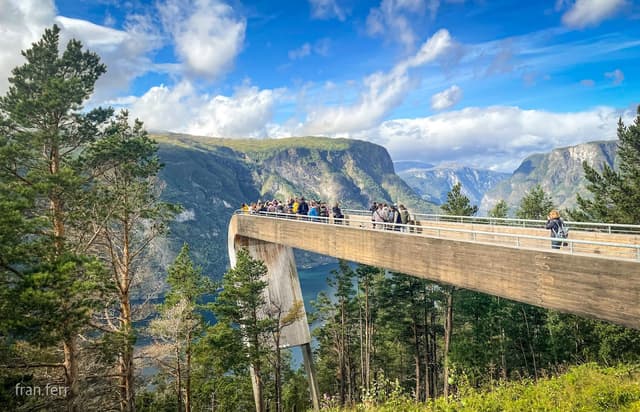
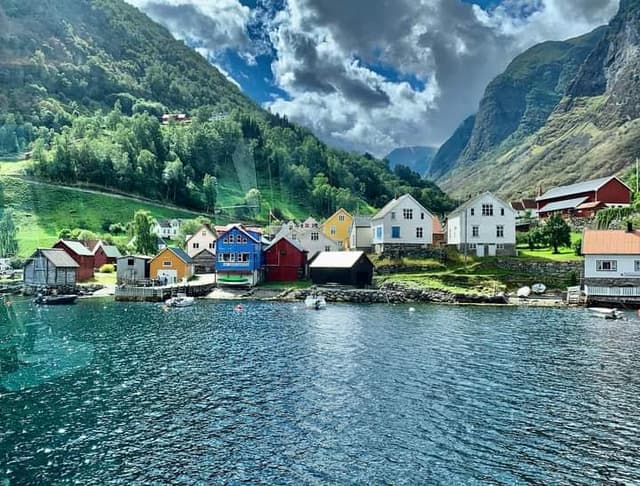
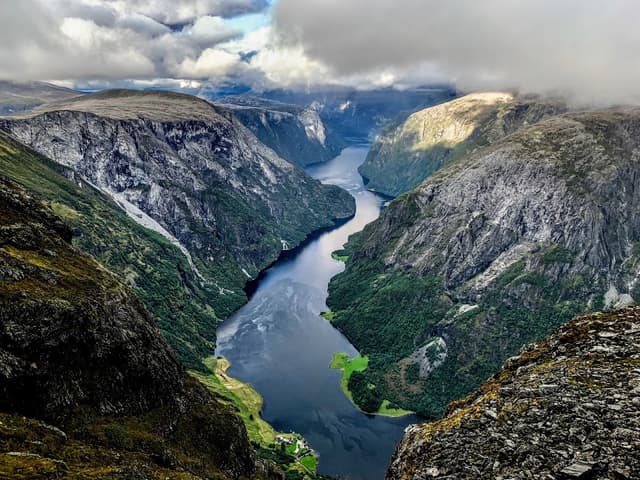
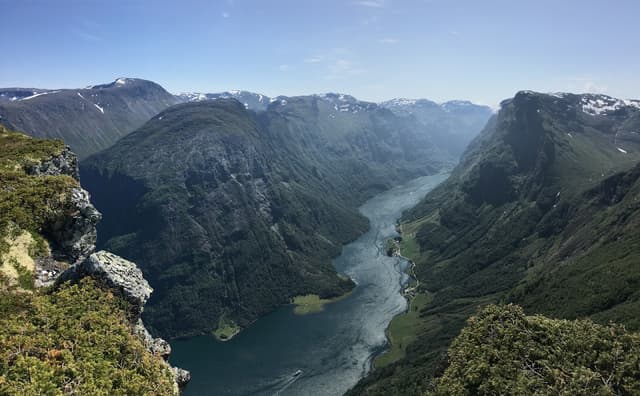
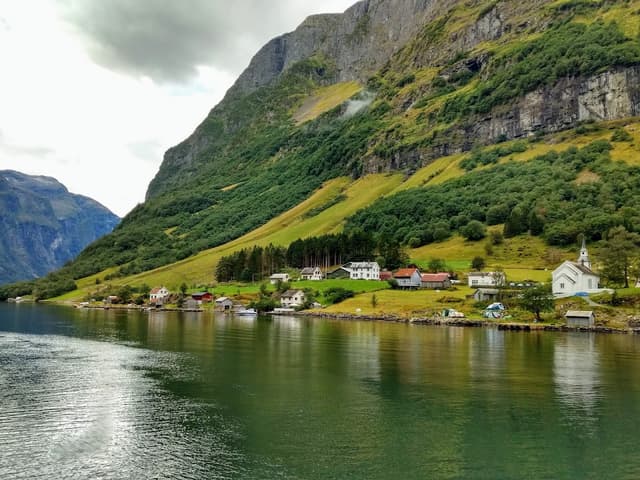
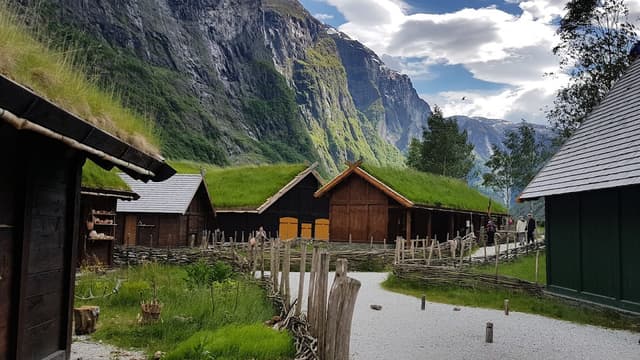


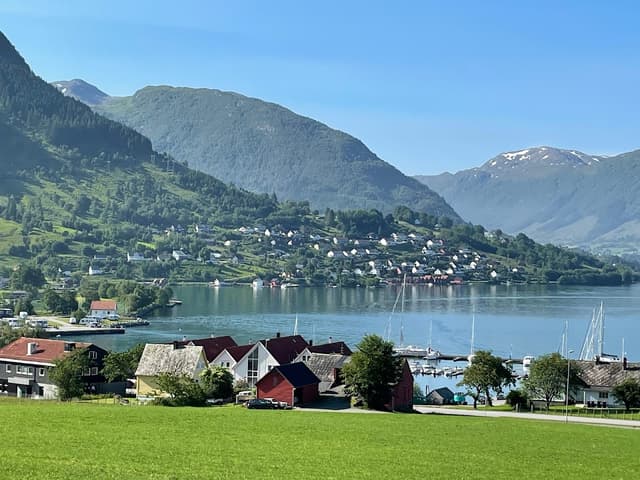

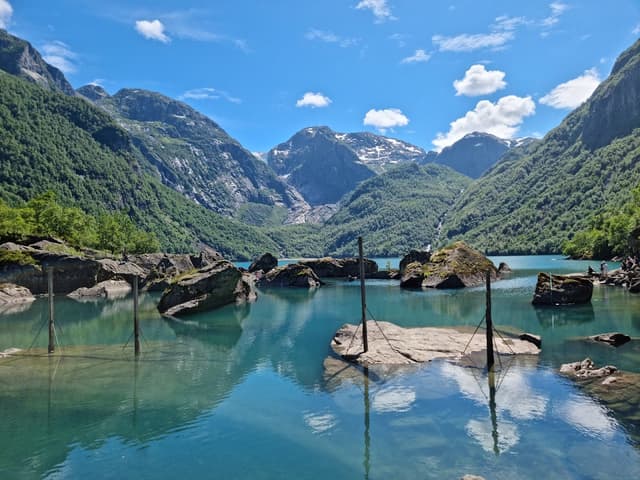
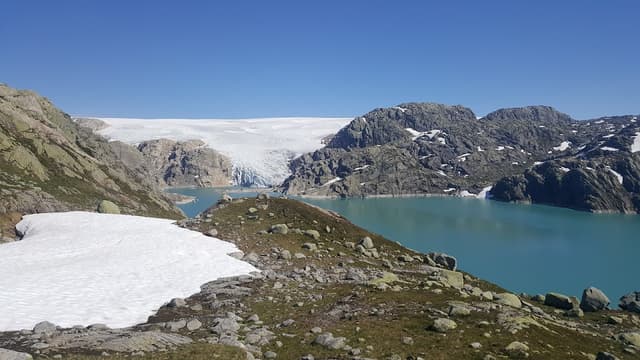

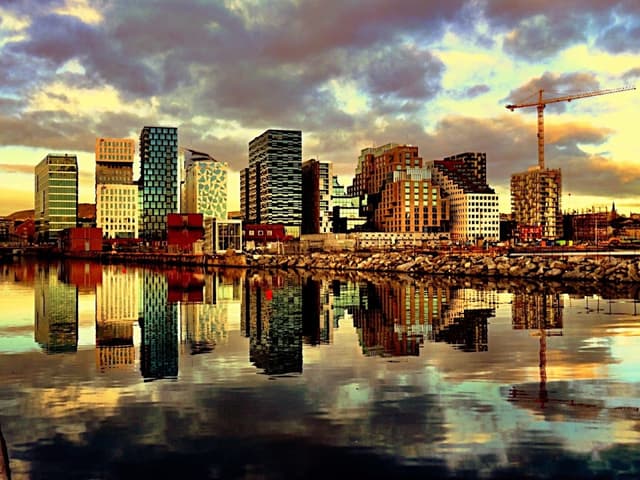
Accommodation along the way
Night 1:
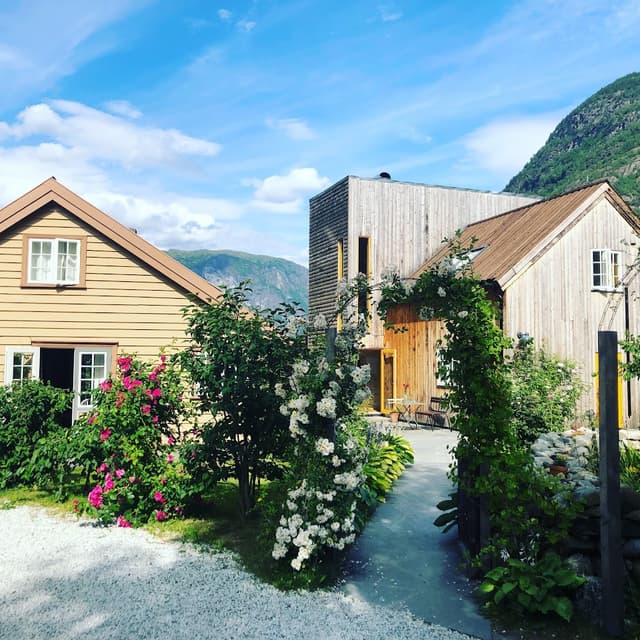
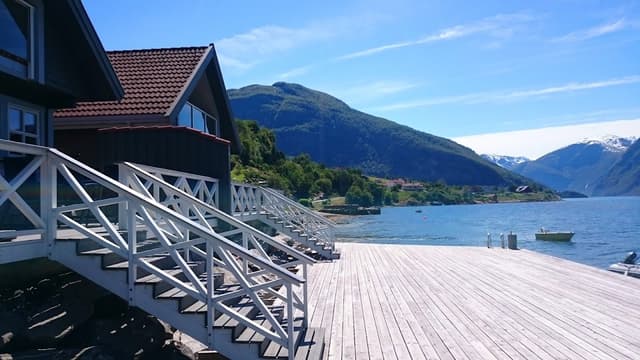
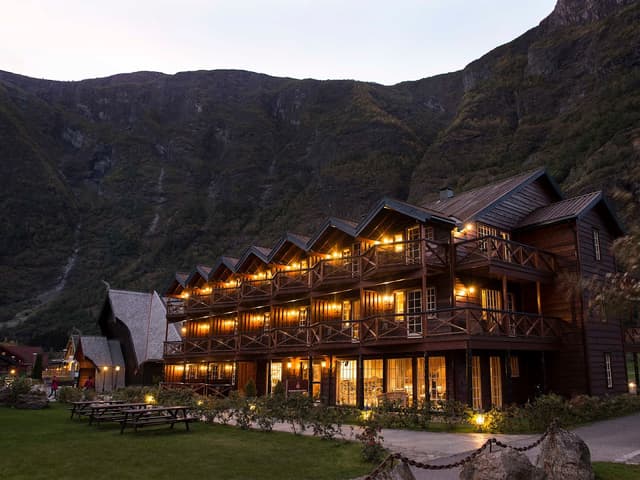
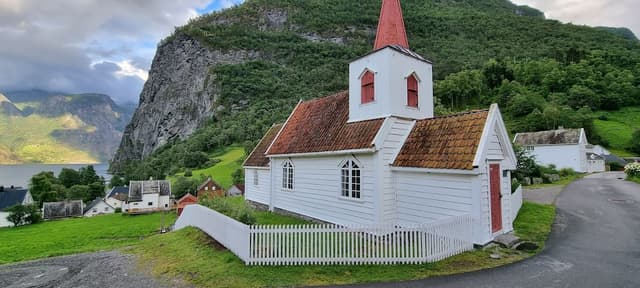
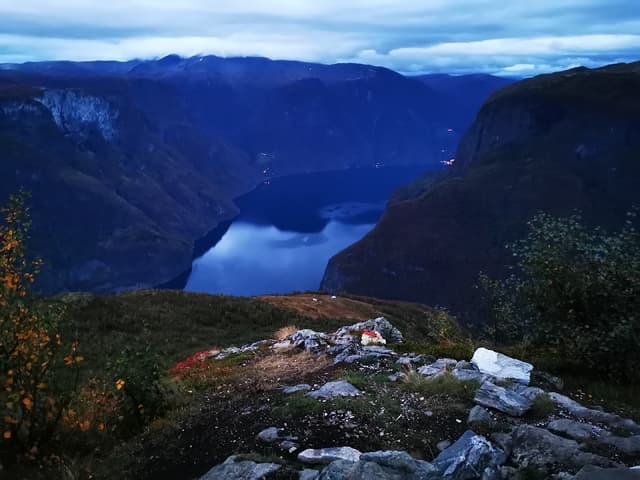
Night 2:
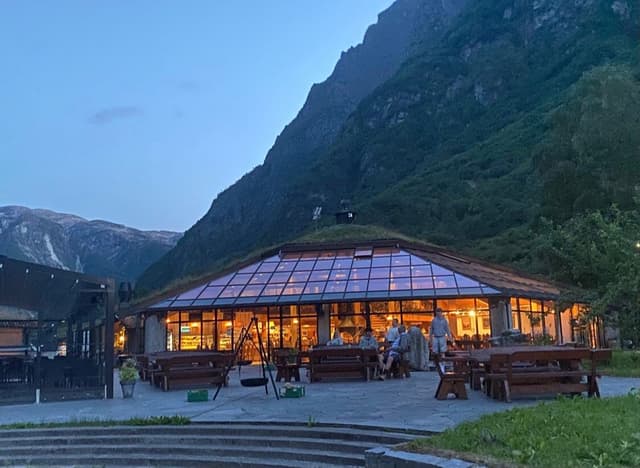
If you want to start driving towards bergen today, you could consider these:
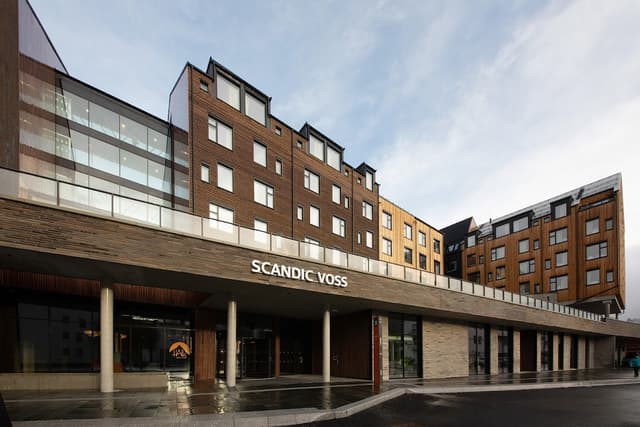
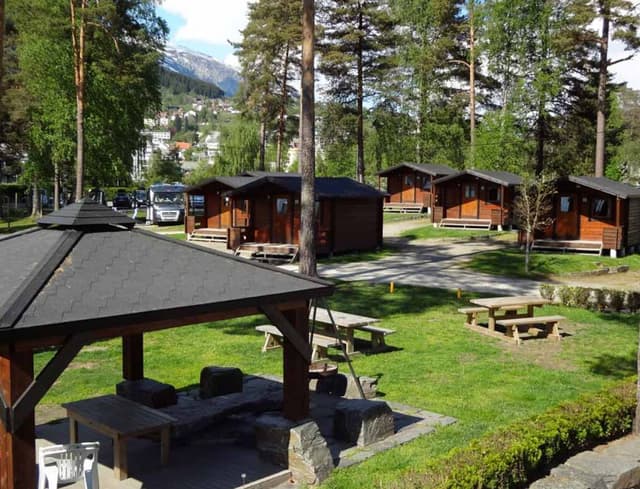
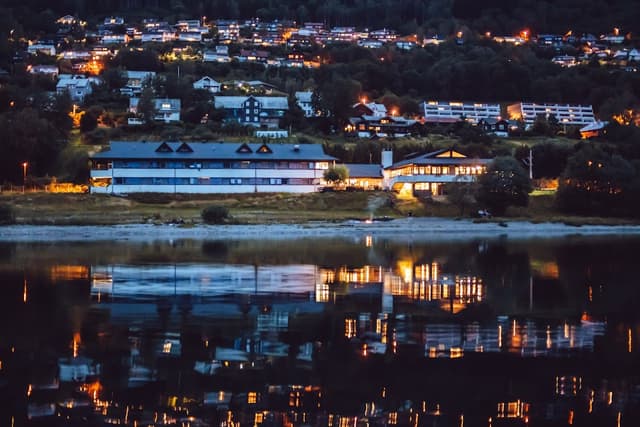
Night 3:

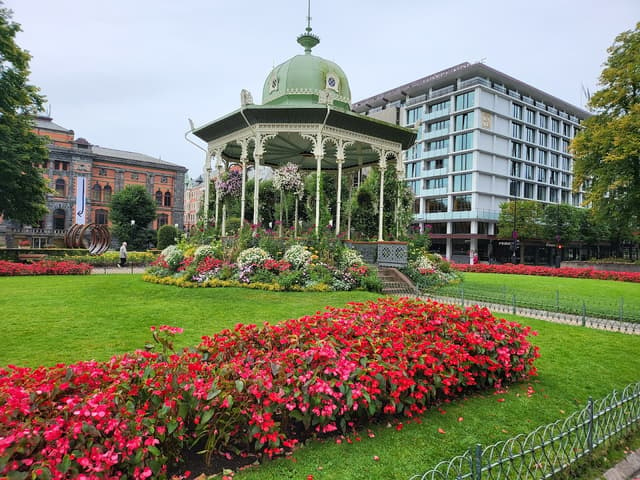
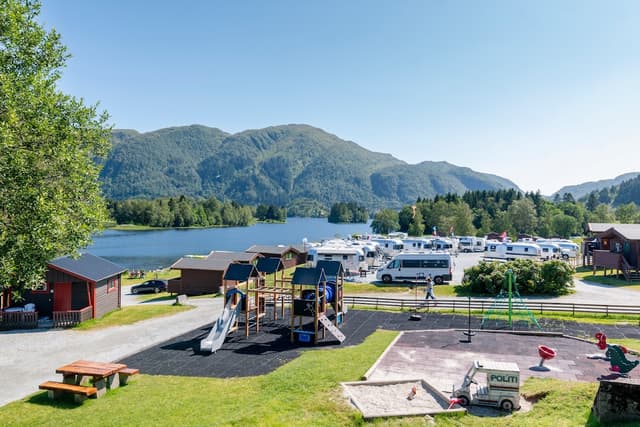
night 4 & 5:
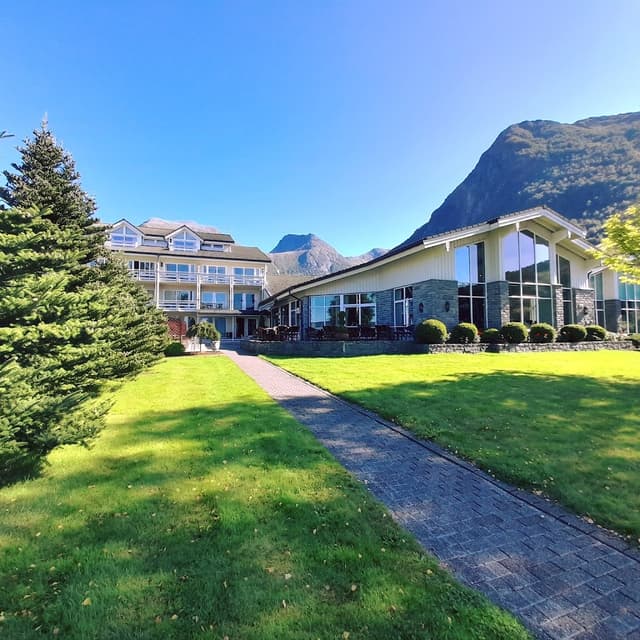
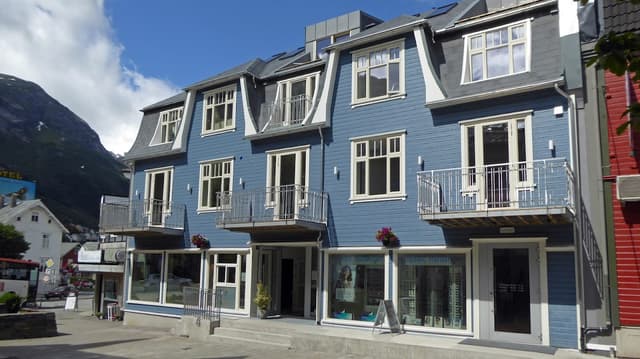
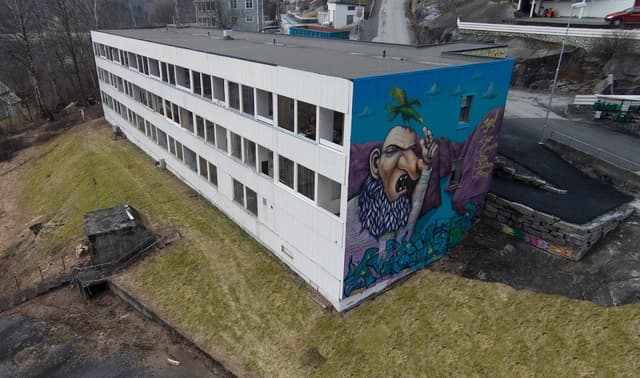
Night 6: Oslo


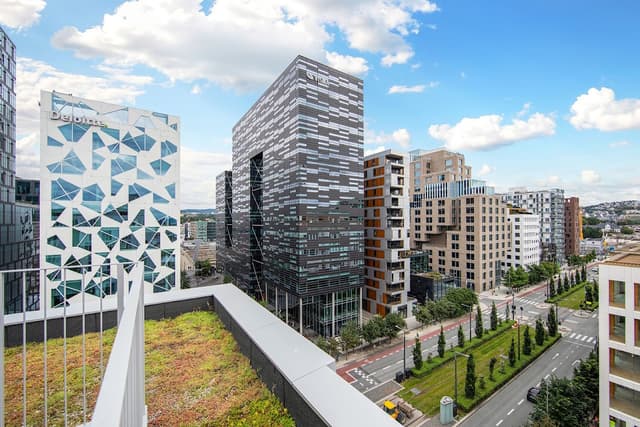
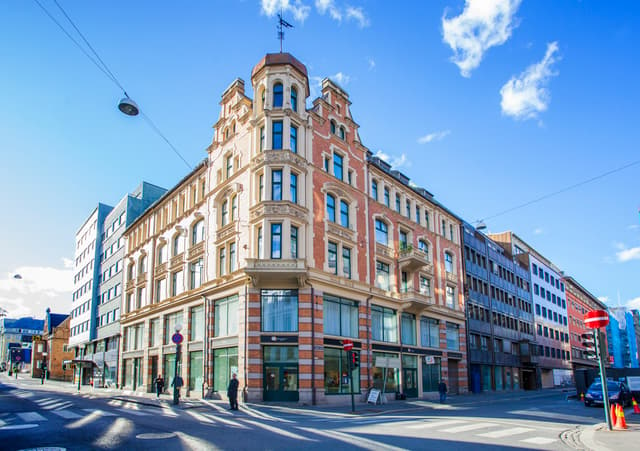
My favorite Restaurants/cafés/bars
I will add that I am not one for restaurants, because I simply just prefer to cook for myself. The places added are therefor only places I love and go to myself.
Oslo
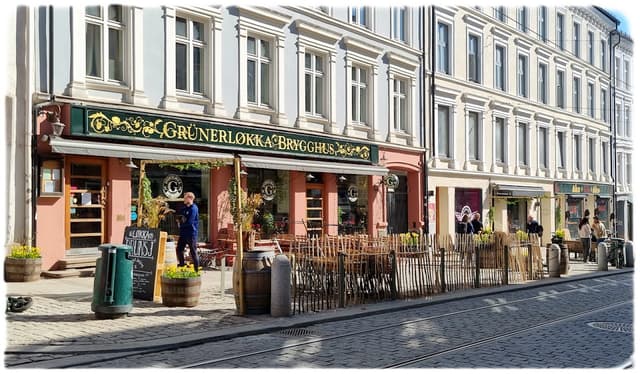
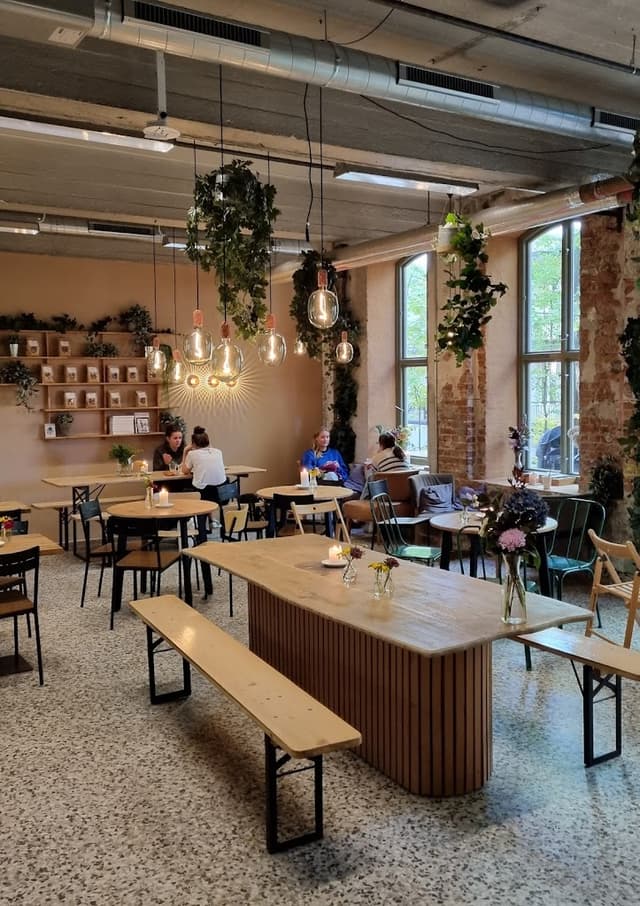
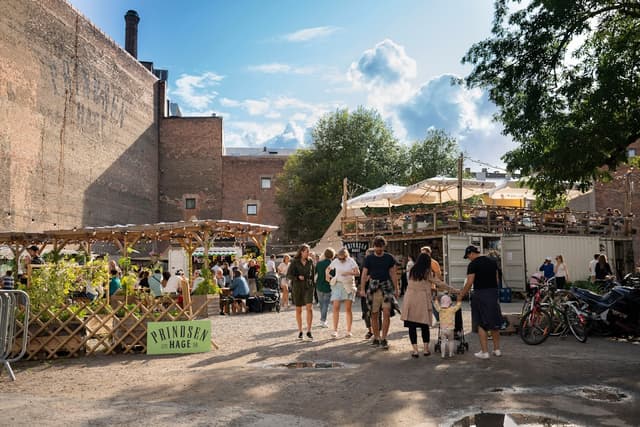
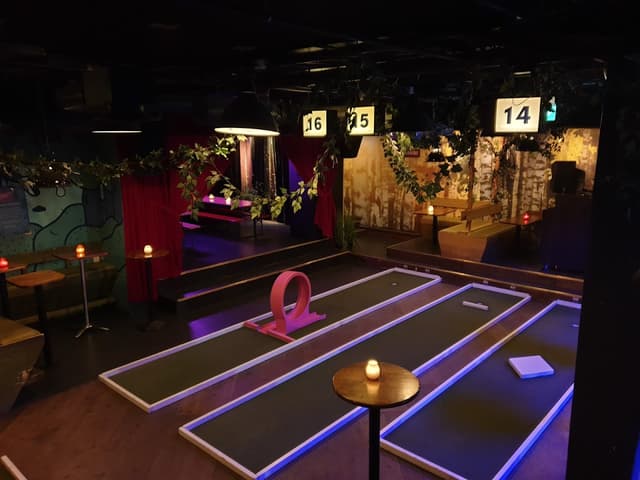


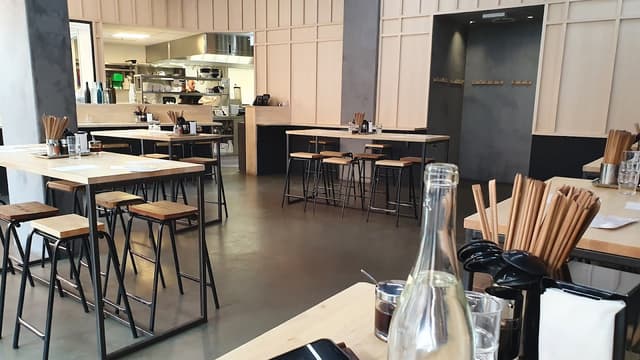
Bergen:
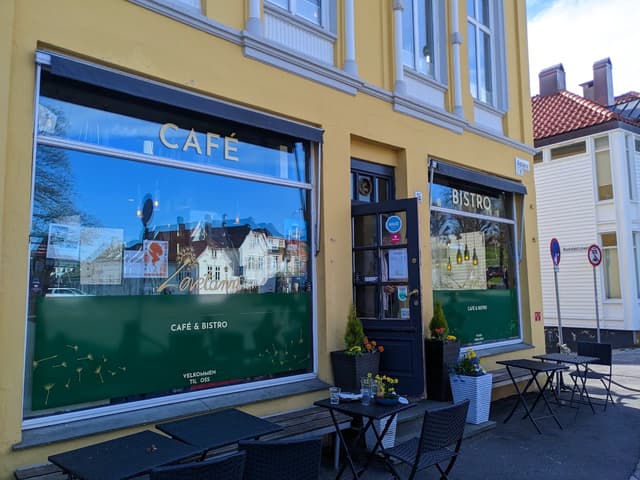
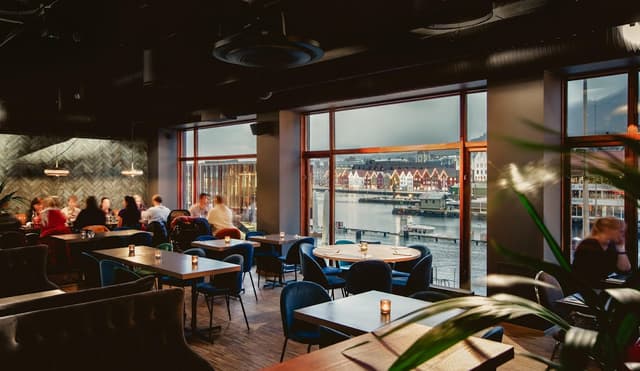
Still have questions?
Consider booking a 1:1 consultation call with me where I can answer all your questions, and help build the perfect itinerary for you!
Important
The right to roam gives us many rights when we are on a trip, but it also entails a duty to take care of our beautiful nature.
When you travel in nature, you are obliged to leave behind no more than your own footprint. Leave no trace. Below you will find some tips on how you can leave behind as little trace as possible.
1. Leave no trace, protect nature and leave as few traces as possible.
What can these traces be? Try to avoid: creating new campfire spots, path wear, cairns, cut branches from a tree and rubbish such as toilet paper, orange zest and packaging.
2. Plan your trip and be prepared.
Bring as little packaging as possible. Bring a bag for garbage. Shoes that can withstand getting wet and dirty. Keep an eye on the weather and wind in advance. Use established campfires instead of creating new ones.
3. Take your rubbish home, don't throw food in nature.
There is no good excuse for not taking your rubbish with you when you go on a trip. Think about how you want it to be when you return. So pick up the rubbish and throw it in the bin instead. Do not throw away food, orange peels and banana peels in nature. It takes a long time for it to disappear.
4. Natural bonfire.
Light fires in established places. This applies especially in popular hiking areas. Established places are often made, and easy to spot, but if necessary bring a small portable grill or a cheap oven pan that you can use several times. Try not to burn vegetation around the campsite. Take dry twigs from the ground rather than cutting branches from healthy trees. Bring barbecue skewers that can be used several times, or layers of dry twigs lying on the ground
5. Follow the path
The trails are the biggest trace we leave in nature. We must take plants and vegetation into account so that the load does not become too high. A good rule is therefore to follow the path and wear shoes that can withstand getting dirty and wet. Please don't build new cairns, as they are there for a reason as pathfinders. It can confuse hikers, so that they walk towards the cairn, and then that can lead to more wear and tear. Use cairns and markings that have already been established.
6. Avoid damaging plants and trees.
Leaving no trace means minimizing wear and tear and damage to plants, moss and trees - as far as is practically possible. This is particularly important in the popular hiking areas, whether we light a fire or travel on the network of paths. Bring a sleeping pad from home, instead of cutting branches for a sleeping pad. Bring a tarp instead of cutting down whole trees to create shelter.
Please stay safe while traveling in the mountains!
Here is a guide that every Norwegian learns as a kid, actually not a joke. especially if you have an outdoorsy family. it's often found framed in cabins around the country as well.
The home for unique & authentic travel

